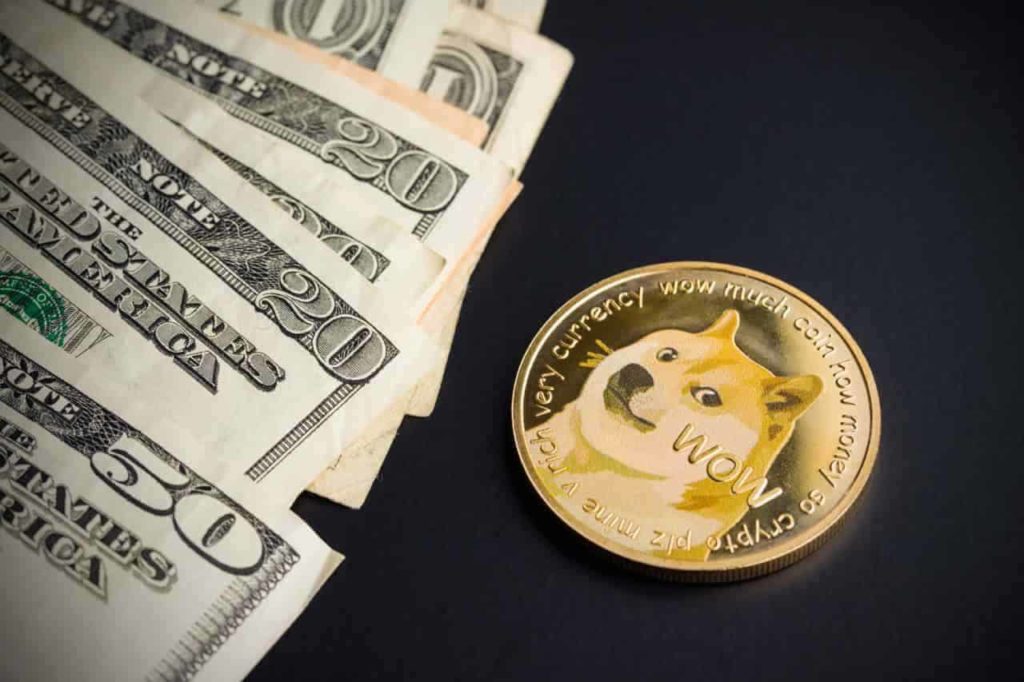Cryptocurrency investors sometimes might overlook the economic dynamics of a coin’s supply inflation. Understanding how these economics affect cryptocurrencies is a relevant edge to have in the crypto market.
In this aspect, Finbold gathered public market data from leading indexes to understand Dogecoin (DOGE) supply inflation. Interestingly, we analyzed the economic effects of this inflation by calculating DOGE’s price if Dogecoin ever hits its all-time high market cap.
Any digital asset needs more demand to keep its value, facing an inflationary supply. Both supply and demand influence whether a cryptocurrency’s price rises or falls.
Notably, Dogecoin had an all-time high market cap of $98.473 billion on May 8, 2021, according to TradingView’s CRYPTOCAP index. Meanwhile, the token traded for as high as $0.7376 on the same day, as registered by CoinMarketCap. An inverse calculation suggests a circulating supply of around 133.504 billion DOGE at that time.

Dogecoin supply inflation and its economic effects
Let’s explore DOGE’s supply inflation and its economic implications. As of this writing, Dogecoin has a circulating supply of 142.030 billion DOGE. This results in a supply inflation of 8.526 billion DOGE (6.38%) in two years, or around 3% a year.

This supply inflation and economics are also projected in the asset’s price. In case the leading memecoin reaches its highest speculative demand of $98.473 billion market cap, DOGE would trade at a proportionally lower price than the corresponding all-time high.
Considering the circulating supply on November 29, Dogecoin would be priced at $0.6933 per token at its highest capitalization. Interestingly, a loss of $0.0443 (6%) from the previous price of $0.7376 in 2021.
However, this still indicates a potential 762% increase from the current price of $0.0804.
It is important to understand that the forecast requires the same demand as 2021 for Dogecoin. In this context, there are no guarantees that this demand will ever be seen again. On the other hand, it is also possible that a higher demand surges in the following years.
Disclaimer: The content on this site should not be considered investment advice. Investing is speculative. When investing, your capital is at risk.








